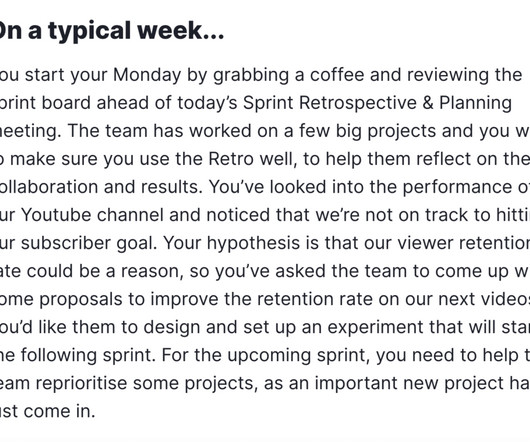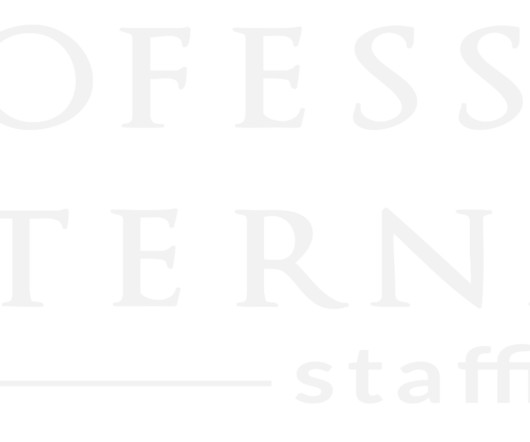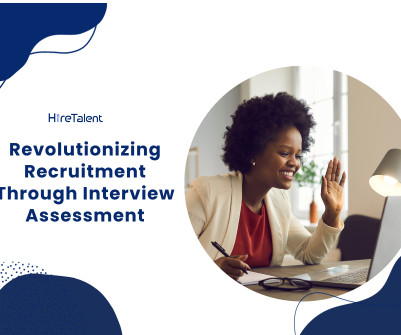Beyond Human Instinct: 20 AI Recruiting Software Making Waves
Peoplebox
OCTOBER 17, 2024
Do you find it challenging to source qualified candidates and get caught up in manual recruiting tasks? This is why 88% of organizations have resorted to using AI for their HR operations, including recruiting. We poured over hundreds of AI recruiting tools, so you don’t have to. Top 20 AI Recruiting Software At a Glance No.























































Let's personalize your content